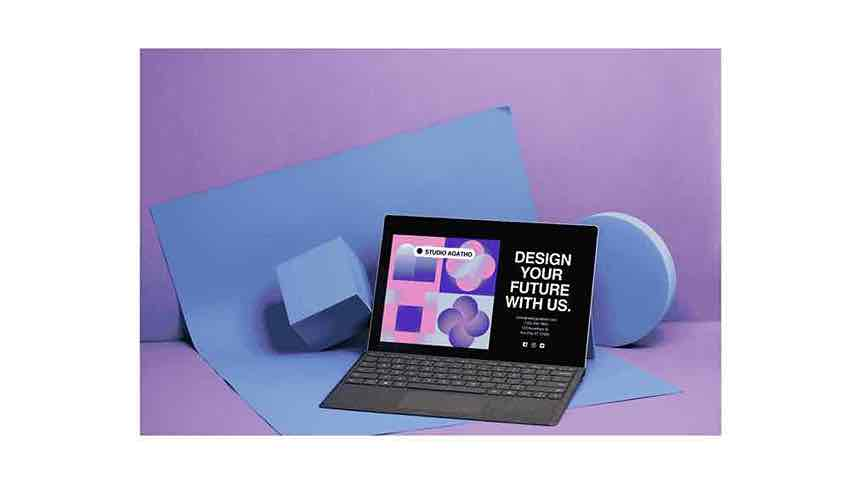Standardized, data-driven care is now a must for Indian clinics. This guide shows how to implement evidence-based medicine (EBM) using protocols, EMR tools, and outcome metrics—improving results and aligning with NABH standards.
What Is Evidence-Based Medicine?
EBM = Clinical Expertise + Patient Values + Best Research Evidence
Why EBM Matters for Indian Clinics
- Improved Patient Outcomes: Standardized protocols reduce trial-and-error treatment.
- Reduced Variability: Ensures consistent decisions across providers.
- Better Compliance: Supports NABH, WHO, and NMC guidelines.
- Informed Audits: Documentation aligns with regulatory and insurance needs.
Clinics adopting EBM have seen 15–22% fewer diagnostic errors and improved follow-up adherence, per the Indian Journal of Medical Ethics.
Getting Started with Evidence-Based Medicine
- Identify Priority Conditions: Focus on high-volume or high-risk issues like diabetes or asthma. Use EMRs to analyze diagnosis frequency and refer to ICMR/WHO guidelines.
- Standardize Protocols: Create or adopt evidence-based pathways with flowcharts and integrate them into EMRs. Review every 6–12 months.
- Integrate Outcome Metrics: Track KPIs like symptom resolution, patient-reported progress, complication rates, and adherence to medications.
- Train Your Team: Conduct weekly micro-sessions to discuss evidence updates. Include both clinical and support staff.
- Use Digital Tools for Automation: Tools like HealthOK PMS offer pre-loaded protocols, alerts, and reminder automation to embed EBM into daily workflows.
How HealthOK Global Supports EBM Adoption
- Pre-integrated EBM protocols
- Outcome dashboards for clinical KPIs
- Guideline updates from global and Indian sources
- Custom care plans linked to patient records






